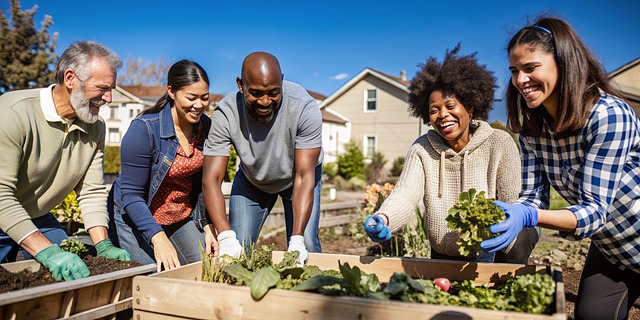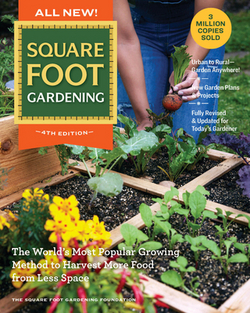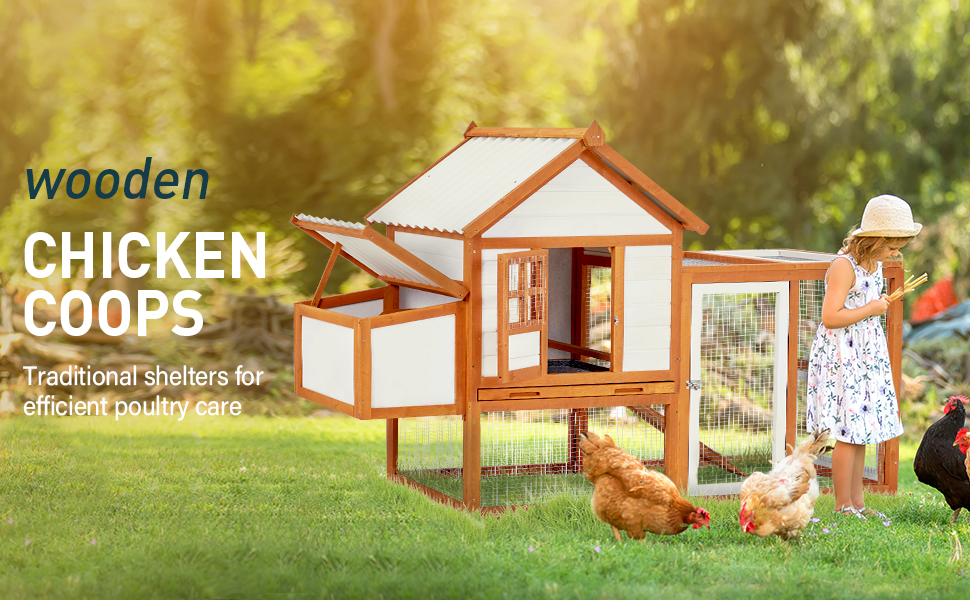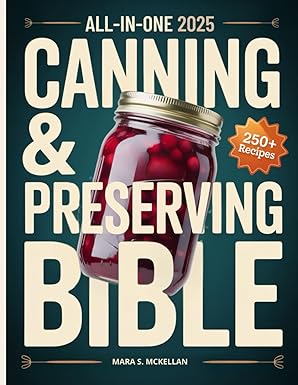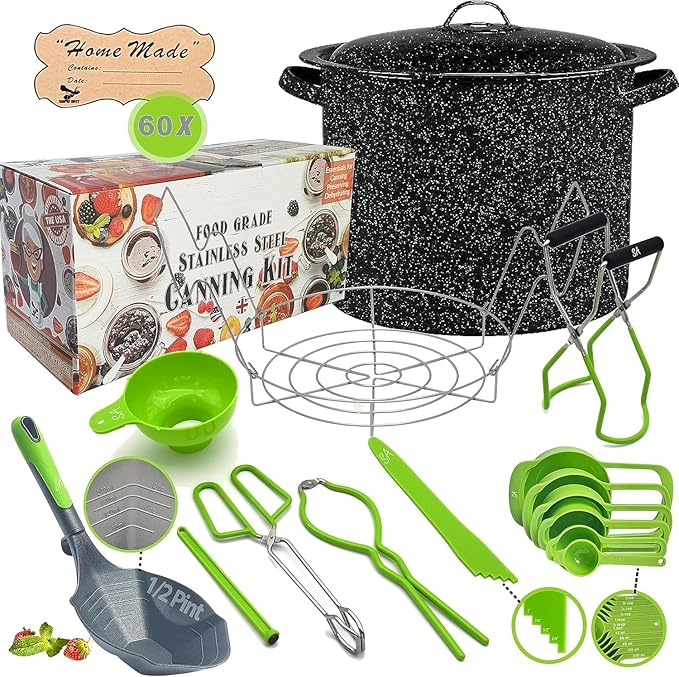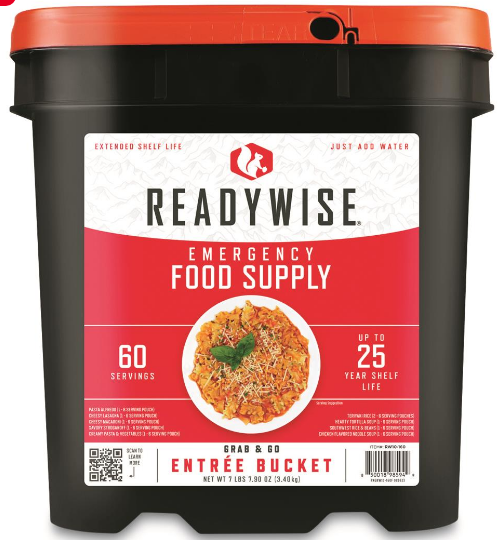Food as a Hostage
A Practical Guide to Surviving the SNAP Shutdown and Taking Back Your Power
You’ve budgeted. You’ve planned. You’ve stretched every dollar until it’s as thin as paper.
The first of the month arrives, and you log in to check your SNAP balance, your heart sinking as you see the number hasn’t changed.
It’s not a glitch. It’s a policy.
Your family’s food security has become a political pawn in a high-stakes game of government shutdown chicken.
This isn’t a distant worry; for millions, it’s a looming reality.
When government administrations withhold essential food benefits as a bargaining chip, it creates a ‘food hostage’ situation, where the most vulnerable citizens are used as leverage.
But this guide isn’t about panic. It’s about power.
We cannot always control the decisions made in distant corridors of power, but we can control how we respond.
We can build layers of defense that start in our own pantries, extend to our neighborhoods, and ultimately demand systemic change.
Let’s transform this moment of vulnerability into a movement of resilience.
Part 1: Fortify Your Home Base
Immediate & Affordable Food Security
Before we look outward, we must secure our own foundations. This isn’t about becoming a doomsday prepper; it’s about creating a practical, affordable buffer that gives you breathing room.
The 72-Hour Kitchen Rescue: Stretch What You Have Right Now
Before you spend a single dollar, your first mission is to conduct a “No-Spend Pantry Audit.” This single act can reveal days’ worth of food you didn’t know you had.
- Empty Your Shelves: Physically take everything out of your pantry, cupboards, and fridge. Group similar items together.
- Take Inventory & Identify “Forgotten” Food: Make a list of everything. You’ll likely find canned goods, pasta, and bags of beans tucked in the back. This is your foundation.
- Create a “Use-it-Up” Meal Plan: Before buying anything new, plan your next 3-4 days of meals exclusively around these rediscovered items. A can of chickpeas, a jar of salsa, and some leftover rice can become a burrito bowl. Wilted veggies are perfect for a soup.
Tip: Keep a roll of painter’s tape and a marker in the kitchen. Label leftovers with the date they were made. This simple habit drastically reduces food waste and ensures you eat what you have.
The $20 Buffer: Building a Smart, Shelf-Stable Stockpile
Once you’ve maximized your current resources, it’s time to strategically build a low-cost buffer. The goal isn’t a year’s supply; it’s a 3-week cushion.
Follow the “Rule of Threes”:
- Aim for a 3-day supply first. This eliminates immediate panic.
- Then, build to a 3-week supply. This provides serious stability during a prolonged crisis.
- Implement the “One Extra” Principle: Every time you go grocery shopping, buy one extra can of beans, bag of rice, or jar of peanut butter. This spreads the cost over time.
✅ Prioritize this strategic shopping list:
- Calories & Protein: Dried lentils and beans, rice, oats, peanut butter, canned tuna or chicken.
- Nutrition & Flavor: Low-sodium canned vegetables (corn, green beans), canned tomatoes, broth, shelf-stable milk or powder.
- Versatility: Pasta, flour, sugar, salt, and cooking oil.
This isn’t an extravagant investment. A dedicated $10-$20 per week can build this security net faster than you think.
Beyond the Grocery Store: Cultivating Your Own Food Source
The ultimate act of independence is growing your own food. You don’t need a farm.
- Instant Gratification Gardening: Start with what you have. Green onions, lettuce, and celery can be regrown in a glass of water on your windowsill. Herb pots (basil, mint, cilantro) are cheap, easy, and transform simple meals.
- The Container Garden: If you have a balcony, patio, or even a sunny spot by a window, you can grow food.
- Easy Starters: Lettuce, radishes, and cherry tomatoes thrive in pots.
- Vertical Gardening: Use hanging baskets or wall planters to maximize small spaces.
- Explore Backyard Poultry: If local ordinances allow, a small flock of chickens provides a steady supply of fresh eggs, further reducing your reliance on the grocery store.
- Preserve Your Harvest: Learn the art of canning. When your garden produces a surplus of tomatoes, cucumbers, or berries, you can preserve them for the winter months. Start with a simple water bath for high-acid foods like jams and pickles to build your confidence and build a pantry full of summer’s bounty.
This isn’t just about food; it’s about psychology. Tending to a plant and harvesting something you’ve grown is a powerful antidote to feelings of helplessness.
This isn’t just a book.
It’s the shortcut to a self-reliant kitchen, a pantry that always delivers, and a new kind of calm every time you hear that lid “pop.”
Part 2: The Circle of Resilience
We Keep Us Safe
Personal preparedness is crucial, but it has limits. True resilience is woven from the strength of our communities. The old-fashioned idea of neighbors helping neighbors is our most powerful tool.
From Neighbors to Network: Starting a Pod for Mutual Support
A “Support Pod” is a small, hyper-local group of 5-10 trusted households. It’s a modern take on the village.
✅ How to start one today:
- Identify Your Pod: Think of the neighbors you trust on your street or in your apartment building.
- Make First Contact: A simple text can start it: “Hey everyone, with all the uncertainty about government benefits lately, I was thinking it would be smart for us to have a way to support each other if needed. Would anyone be open to a group chat to share resources or skills?”
- Define Your Purpose: Use the chat to:
- Share surplus from gardens or bulk buys (“I have too many zucchini!”).
- Identify skills (“I’m a whiz at canning,” “I can fix a leaky faucet”).
- Create a “community shelf” in a garage for swapping canned goods.
Reviving the Lost Art of Skill-Sharing
Our grandparents knew how to do things we now outsource. Let’s reclaim that knowledge together.
✅ Host a “Skill Swap” in someone’s backyard or living room. It’s free, social, and empowering.
Potential skills to share:
- Baking simple, no-knead bread.
- Preserving seasonal produce through water-bath canning.
- Basic budgeting and stretching a grocery dollar.
- Sewing and mending clothes.
Start a “Tool Library”: No one needs to own a pressure canner alone. Create a shared system for borrowing expensive, seldom-used tools like canners, dehydrators, or even powerful blenders for making nut milks.
Organizing a Community Food Drive (When You're the One Who Might Need It)
This is about mutual aid, not charity.
The core principle is solidarity, not stigma. We all have something to give, and we all may have something we need.
✅ How to organize a discreet, effective food drive:
- Partner with a Neutral Space: Approach a local library, community center, or place of worship about hosting a “Free Little Pantry” or “Community Fridge.”
- Frame it Correctly: This isn’t a handout bin; it’s a “Give What You Can, Take What You Need” shelf. This language removes shame and encourages broad participation.
- Collect More Than Cans: Also share printed information. Create a simple flyer with contact info for local WIC clinics, soup kitchens, and other social services.
Part 3: From Defense to Offense
Demanding a Permanent Solution
While we build our local resilience, we must also channel our energy toward fixing the broken system.
Personal preparedness is a shield, but advocacy is the sword that changes the game.
Your Voice is a Tool: How to Be an Effective Advocate
Politicians respond to pressure. Your voice, multiplied by thousands, is a force they cannot ignore.
- The 5-Minute Phone Call: This is more impactful than an email.
- Find Your Reps: Use CommonCause.org or a simple web search for “who is my representative.”
- Use a Script: You don’t need to be an expert. Be clear and personal.
📢 “Hi, my name is [Your Name] from [Your Town]. I’m calling to urge Representative [Name] to take immediate action to end the government shutdown and ensure that SNAP benefits are protected and released without delay. Using food as a political weapon is unacceptable. Please tell me where the Representative stands on this issue. Thank you.”
- Amplify on Social Media: Share your story (or stories from reputable news sources) and tag your representatives. Use hashtags like #ProtectSNAP, #NoShutdown, and #FoodSecurity.
Building a Future That Can't Be Held Hostage
The ultimate goal is to build a society so resilient from the ground up that it cannot be crippled by political games in Washington.
This means advocating for long-term policies that:
- Decentralize Our Food System: Support local farmers, grow your own, support urban agriculture projects, and food cooperatives.
- Permanently Protect Essential Benefits: Advocate for legislation that de-links life-saving programs like SNAP from the annual budget fight.
- Invest in Food Sovereignty: Ensure every community has the power and resources to feed itself.
🎁 Send someone a gift that keeps on giving…Browse Vegetable, Herb & Fruit Seeds at FerryMorse.com
Learn how to start a seed here; It’s where the magic begins 🌱
This is the work of a lifetime, but it starts today, in the choices we make about our food, our neighbors, and our voice.
Your Plate, Your Power
They can shut down the government, but they cannot shut down our ingenuity.
They cannot shut down our compassion.
They cannot shut down our will to care for our families and our neighbors.
🔔 The path forward is clear:
- Secure Your Home through a pantry audit and a strategic buffer.
- Strengthen Your Community by forming a pod and sharing skills.
- Demand Systemic Change by becoming a vocal advocate.
Start today. Open your pantry, send that text, make that call. Let’s build a world where no one’s next meal is ever used as a bargaining chip again.
✨Your Action Plan Starts Now✨
- Download Our Free “Pantry Audit & One-Week Meal Plan” Worksheet. Get our step-by-step checklist and template to secure your kitchen today.
- Share This Article. Send this to one friend or neighbor and start the conversation. Community resilience is a team effort.
- Ready to plan your own year-round herb & produce harvest? Check out our guide for “Growing Produce Indoors Year-Round”
How to Find Food Banks and Emergency Food Assistance
If you’re facing food insecurity, you are not alone, and resources are available to help. Here are the most effective ways to locate food assistance in your area.
1. Use National Hotlines and Databases
These are the fastest ways to get connected to a network of local resources.
- Dial 2-1-1: This is a free, confidential, 24/7 hotline operated by the United Way that connects you to essential community services, including food pantries, utility assistance, and shelter. You can call 211 or visit 211.org to search online.
- Feeding America Network: Feeding America is the nation’s largest domestic hunger-relief organization. Use their online Food Bank Locator at FeedingAmerica.org/find-your-community-food-bank to find your local member food bank, which can direct you to pantries and meal programs in your neighborhood.
- WhyHunger Hotline: Text your ZIP code to 1-800-5-HUNGRY (1-800-548-6479) to receive a list of nearby food pantries, soup kitchens, and other emergency food resources via text message.
2. Search Locally and Online
A quick online search can yield immediate results.
✅ Use Specific Search Terms: Try searches like:
- “food pantry near me”
- “free meal program [Your City Name]”
- “[Your County Name] food bank”
- “SNAP emergency food resources”
✅ Check Community Bulletin Boards: Physical and online community hubs often have information.
- Local Libraries: They are often hubs of community resource information.
- Community Centers and Places of Worship: Churches, mosques, synagogues, and other religious institutions often host food pantries or can refer you to one.
- Social Media Groups: Search for “Buy Nothing” or “Mutual Aid” groups specific to your town or neighborhood on platforms like Facebook. Members often share information about local resources.
3. Contact Government and Social Service Agencies
These agencies are directly connected to assistance programs.
- Department of Social Services (DSS) / Human Services: Your local county or state office that handles SNAP benefits will also have a list of emergency food providers.
- The Salvation Army and Catholic Charities: These large, national organizations have local chapters in many communities that provide direct food assistance and other support services.
4. Look for “Little Free” and Mutual Aid Networks
These are community-driven, often with fewer barriers to access.
- Little Free Pantries: Similar to Little Free Libraries, these are small, standalone boxes where people can leave non-perishable food and personal care items for others to take. Search online for “Little Free Pantry near me.”
- Community Fridges (Freedges): These are publicly accessible refrigerators where anyone can leave or take fresh food. They are often promoted on local community social media pages.
- Local Mutual Aid Networks: These are hyper-local groups organized by community members to help each other directly. Search for “[Your Town] Mutual Aid” on social media.
✅ What to Know Before You Go:
- Call Ahead: Hours of operation can change. It’s always best to call the food bank or pantry to confirm their hours, eligibility requirements, and if you need to bring any documentation (like an ID or proof of address).
- No Shame: Seeking help to feed yourself and your family is a sign of strength and resourcefulness. These resources exist for exactly this purpose.
- You deserve support, and these communities are ready to provide it.
Sources
✔ Government Shutdown Impact on SNAP Benefits
- Citation: Center on Budget and Policy Priorities. (2023, September 28). SNAP and WIC in a Potential Government Shutdown: What’s at Stake. Retrieved from https://www.cbpp.org/research/food-assistance/snap-and-wic-in-a-potential-government-shutdown-whats-at-stake
- Justification: This source provides a detailed, expert analysis of the specific mechanisms by which a government shutdown threatens SNAP benefit disbursement, supporting the article’s central premise.
✔ Food Preservation and Safety (Canning)
- Citation: National Center for Home Food Preservation. (n.d.). How Do I? …Can. University of Georgia. Retrieved from https://nchfp.uga.edu/how/can.html
- Justification: This is the leading academic and government-backed authority on safe home food preservation methods, providing credibility to the skill-sharing recommendations.
✔ Container Gardening and Small-Space Food Production
- Citation: Penn State Extension. (2022, April 7). Let’s Grow: Gardening in Small Spaces. Retrieved from https://extension.psu.edu/lets-grow-gardening-in-small-spaces
- Justification: This university extension service provides research-based, practical advice on growing food in containers and small plots, validating the “Container Garden” section.
✔ Backyard Poultry and Animal Husbandry
- Citation: The Livestock Project. (n.d.). Raising Chickens for Eggs. Purdue University. Retrieved from https://www.extension.purdue.edu/4-H/projects/livestock-projects/chickens-eggs.html
- Justification: A reputable university extension resource that provides foundational knowledge on the benefits and considerations of raising backyard chickens for eggs.
✔ Mutual Aid and Community Resilience Models
- Citation: Spade, D. (2020). Solidarity Not Charity: Mutual Aid for Survival and Social Movement. Social Text, 38(1 (142)), 131–151. https://doi.org/10.1215/01642472-7971139
- Justification: This academic article provides the theoretical and practical framework for “mutual aid,” distinguishing it from traditional charity and supporting the article’s emphasis on community pods and skill-sharing.
✔ Nutritional Guidance for Emergency Food Stores
- Citation: U.S. Department of Homeland Security. (n.d.). Build a Kit. Ready.gov. Retrieved from https://www.ready.gov/kit
- Justification: While focused on general emergency preparedness, this official source provides a validated list of recommended shelf-stable food and water supplies, lending credibility to the “Smart, Shelf-Stable Stockpile” section.
✔ Food Waste Reduction and Pantry Management
- Citation: U.S. Environmental Protection Agency. (2023, October 19). Preventing Wasted Food At Home. Retrieved from https://www.epa.gov/recycle/preventing-wasted-food-home
- Justification: This source supports the “Pantry Audit” and “Use-it-Up” concepts with authoritative data and tips on reducing food waste, which is central to the article’s self-sufficiency message.

